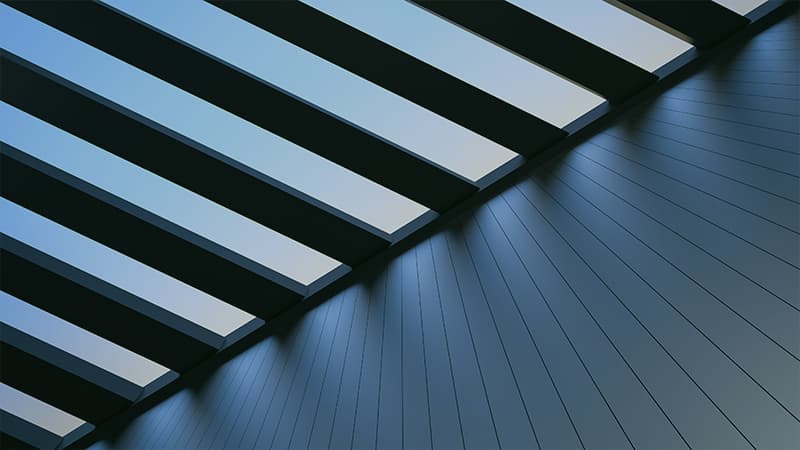The Future of Façade Engineering: Embracing Change and Engaging Expertise
May 2023
The Future of Façade Engineering: Embracing Change and Engaging Expertise

As a hiring manager in the built environment industry, you're no stranger to the importance of façade engineering. This crucial discipline, sitting across both architecture and engineering, plays a transformative role in shaping our buildings and urban landscapes. With the ever-evolving nature of construction and design technology, this naturally raises the question: how can you ensure your company remains at the forefront of façade engineering innovation?
LVI Associates provides solutions through talent. If you need to fill roles like façade consultant, façade designer, façade structural engineer, or façade project manager, LVI Associates has a diverse pool of specialists around the globe that can guide you through the changing landscape of the industry. Request a call back and allow us to find the right talent your business needs to excel.
The trends shaping façade engineering
Sustainable and energy-efficient design is not a new trend, but it's a trend that will continue to dominate the future of façade engineering. Buildings account for approximately 40% of global energy consumption, and façades, as the 'skin' of a building, play a crucial role in energy conservation. Façade engineers who specialize in sustainable design, energy modeling, and building envelope performance will be in high demand as companies seek to meet stricter energy regulations and public demand for sustainable architecture.
The increasing digitization of the construction industry is bringing about significant changes in the way façades are designed and constructed. BIM, in particular, is revolutionizing façade engineering, offering a 3D model-based process that gives architecture, engineering, and construction (AEC) professionals the insights and tools to more efficiently plan, design, construct, and manage buildings and infrastructure. Façade engineers skilled in BIM and other digital design tools will be invaluable as the industry continues to embrace digitization.
The future of façade engineering also lies in the exploration and utilization of advanced materials and innovative methods. Whether it's self-cleaning concrete, bio-reactive façades, or responsive façade systems that adapt to changing environmental conditions, the possibilities are endless. Expertise in advanced materials, methods, and technologies can give your company a competitive edge in the marketplace.
Challenges facing façade engineering
Façade engineering, like any other discipline, is subject to a variety of challenges that evolve alongside the industry itself. These challenges are often driven by changes in technology, regulatory environments, and societal needs. Here are some of the significant challenges facing façade engineering today:
As awareness and concern for the environment grow, façade engineers are tasked with designing façades that are not only visually appealing but also energy-efficient and sustainable. This often involves balancing aesthetics with performance to create façades that reduce energy consumption and minimize environmental impact.
Building codes and standards are continually evolving to ensure safety, energy efficiency, and sustainability. Façade engineers need to keep pace with these changes to design and construct façades that meet or exceed these standards.
With the advent of new materials, construction methods, and digital technologies like BIM, façade engineers need to stay updated and adapt their practices accordingly. They must embrace new skills and tools, and navigate the complexities of integrating these technologies into existing workflows.
Today's buildings often feature intricate or unconventional designs that can be a challenge to execute. Complex geometries, large glass surfaces, and unique materials require a high degree of technical expertise and creative problem-solving.
Façade engineering involves making decisions that can significantly impact the overall cost of a project. Engineers need to balance budget constraints with the need for high-quality materials and construction, which requires a deep understanding of both the financial and technical aspects of a project.
Designing a façade that stands the test of time and requires minimal maintenance is another critical challenge. This concern becomes even more significant for tall buildings exposed to harsh weather conditions and other environmental factors.
These challenges underscore the need for skilled and knowledgeable professionals in the field of façade engineering. They also highlight the importance of ongoing learning and adaptation in this ever-evolving discipline. The future of façade engineering depends on our ability to meet these challenges head-on, employing innovative solutions and leveraging the latest technology to create buildings that are sustainable, efficient, beautiful, and resilient.
Embrace the future with LVI Associates
Finding the right specialist talent is crucial to successfully navigate these trends. But how do you attract these professionals, and how do you evaluate their expertise and their fit within your company? That's where LVI Associates, a leading provider of specialist talent in the built environment sector, comes in.
With a comprehensive understanding of the façade engineering landscape and an expansive network of professionals, we ensure that the process of hiring is as smooth and efficient as possible. Our dedicated team of consultants can help you navigate the complexity of these emerging trends, ensuring that you have the right team in place to meet your strategic goals.
Request a call back if you're looking for specialist talent in façade engineering. If you have a job specification on hand, feel free to submit it to us today. We understand the nuances and specifics required in a façade engineering role, and we're ready to help connect you with the right professionals.
